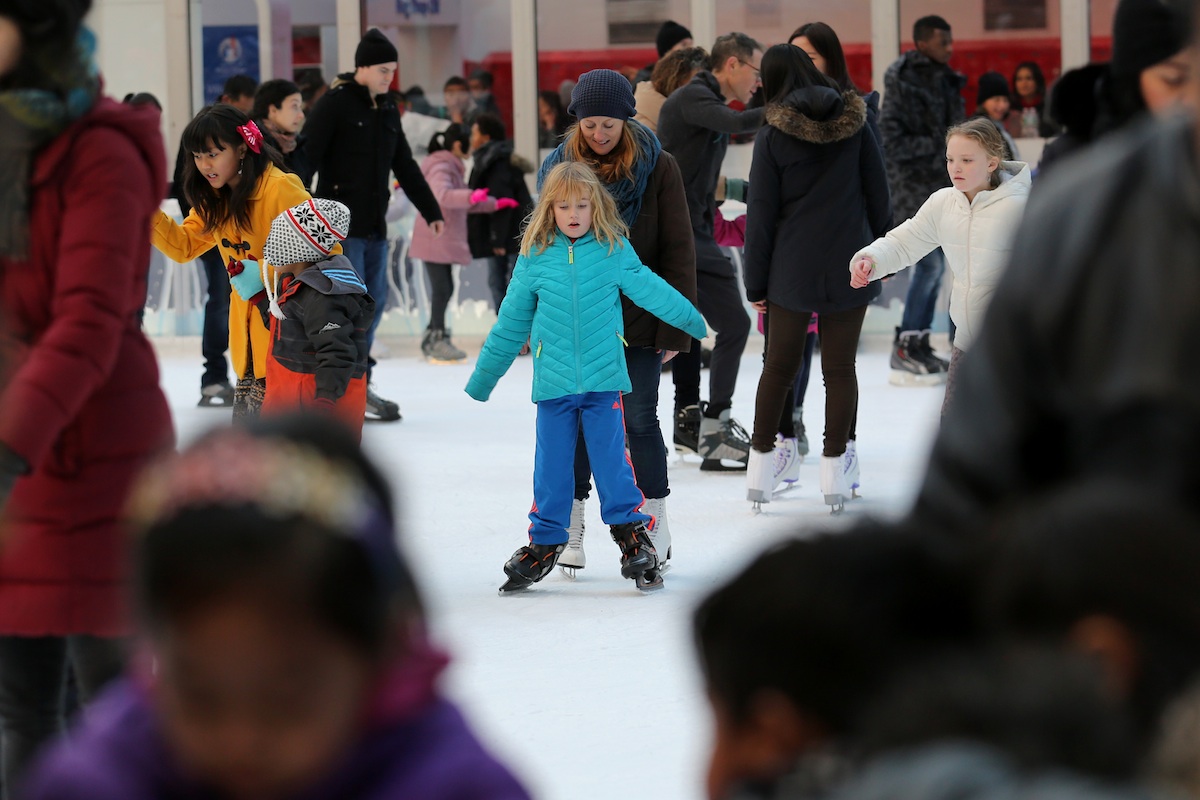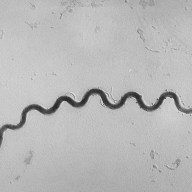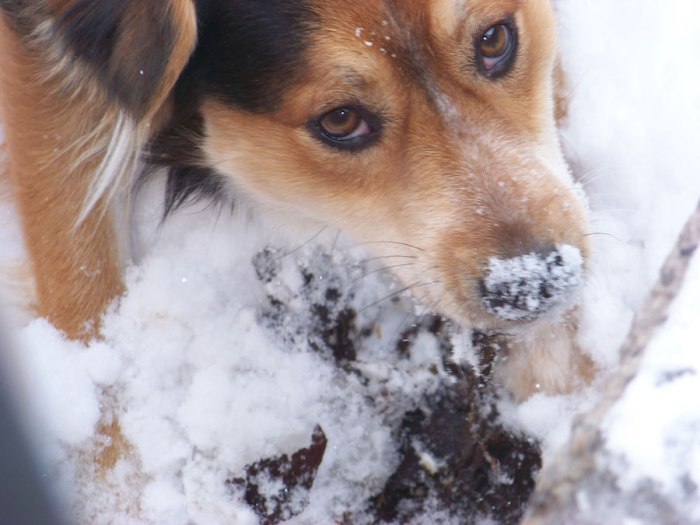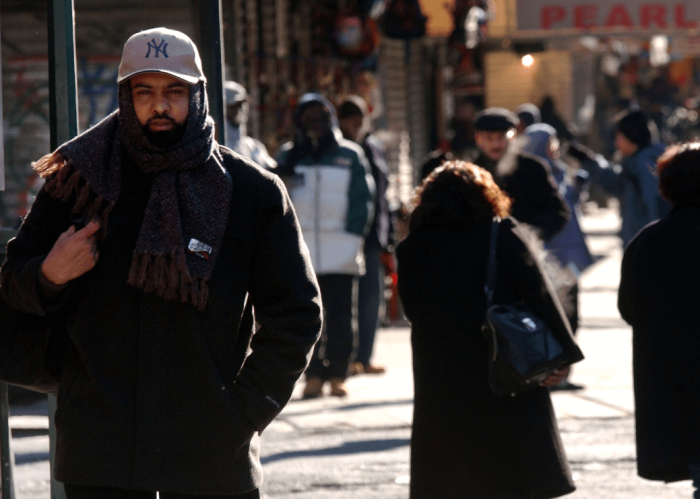EDITOR’S NOTE:Our new weekly column, Bolaris’s Weather Watch, marks the return of longtime Metro contributor John Bolaris. He was the chief meteorologist for several television stations in New York and Philadelphia. Residents ofthe Northeast from Philadelphia to New York City to Boston were asking the same question through the entire month of December: “Where the hell is winter?”
Record high temperatures were not only broken, they were annihilated all along the Northeast corridor.
The trio of Metro cities, Philadelphia, NYC, and Boston set all-time record highs for the month of December.
In all my 28 years of forecasting for the East Coast, I could never remember being so bored, but when I’m bored, most of you are happy as the weather is in a tranquil state.
My long range winter forecast, which I put out in early November, predicted a very mild November and December with no snow, due to numerous weather factors, but a record-setting El-Niño the top one. For those of you who were snow-shocked last winter (I’m talking to you, Boston, with 108.6 inches of snow) and decided on a Bill Belichick defensive scheme to outsmart Old Man Winter this season with a blue chip snowplow, a couple of back-up generators and a shifty bag of salt, we all know that stuff is sitting on the bench gathering dust in your garage. Get ready, though. The meteorological pendulum is about to swing back towards winter as the Northern Hemisphere global pattern is under going a massive change.
1. The lack ofhigh pressure ridging along the Pacific Northwest coast is transforming into a building ridge (atremendous mountain of air). This will allow for the polar jet to start to dive southwardeast of the Rockies funneling in the very first Arctic blast of the season. 2. Arctic Oscillation, which is the measure of Arctic air penetrating south into the United States during the winter season. When the jet stream is blowing strongly from west to east, this is called the positive phase and keeps the super cold Arctic air masses north of the border. We have been in the positive phase throughout this early season. However computer models that predict the phases of the Arctic oscillation are strongly indicating a dip into the negative phase, just the opposite of the warm phase. The return of the negative phase will lead to the return of polar air into the Northeast. It should move into a very strong negative phase around mid-January which will increase the chances of deeper cold penetration with a couple of models indicating major East Coast storm potential later this month. Early yet, but something to keep in the back of your mind. 3. North Atlantic Oscillation, which is really the wild card key in forecasting East coast storms. NAO is difficult to forecast beyond a three-week period, but we do know when the NAO is in a positive phase, the chances of significant snow are low. When the NAO goes negative, the chances of significant to major snow probabilities increase along the East Coast. When the NAO is in a positive phase (which it has been all this season), there is a non-existent Greenland block,meaning there’s lack of cold air feed and an alleyway for storms to escape out to sea. Just the opposite is true for the negativephase and we are just now entering a negative phase, with a strong negative phase likely by mid-January. The combination of all the ingredients above willmake for an interesting forecast month for the Northeast corridor.
Mytimeframes to watchthrough mid-January:
For NYC: Jan. 4-5: First Arctic outbreak. Winter winds will keep temperatures blow freezing both today and Tuesday. Flurries are possible, especially northwest of town late today. Wind chill factor drops below zero by Tuesday morning. This weekend, Jan. 9-10: Weak coastal storm should mean a cold rain, however by Saturday night, early Sunday morning we could see a mix of snow and sleet, changing to wet snow especially across northwest New Jersey. All rain for NYC and Long Island. Jan. 17-19: Potential for a Gulf of Mexico storm to form and move up the East Coast. Heavy rain and or snow potential, or combination.
For Philadelphia: Jan. 4-5: First Arctic blast of the season. Today, temperatures could get above freezing before falling later today back into the 20s by late afternoon or early evening. Flurries possible mainly across Poconos and Lehigh Valley by late today. Temps remain below freezing on Tuesday. Wind chill factor by Tuesday morning around zero. Jan. 9-10: Weak coastal storm leads to periods of rain, which could mix with sleet and snow by later Saturday night across the Poconos and Lehigh Valley.
Jan. 17-18: Potential for Gulf of Mexico storm to begin to ride up the East Coast with heavy rain or snow threat, or combination.
For Boston: Jan. 4-5: You’re waking up to the first Arctic blast this season. Temperatures today will remain in the 20s along with a few flurries. Temp’s drop into the mid-teens tonight and wind chill factor by Tuesday morning of -1. Jan. 9-10: Weak coastal storm could gather some steam, and produce a wintry mix come late Saturday night into Sunday morning before ending. Best chances of the wintry mix will be just north and west of the Boston metro area. Jan. 18-19: Potential first major East Coast storm, with heavy rain and or snow.
Bolaris’s Weather Watch: Winter’s January comeback

Bess Adler/Metro


















